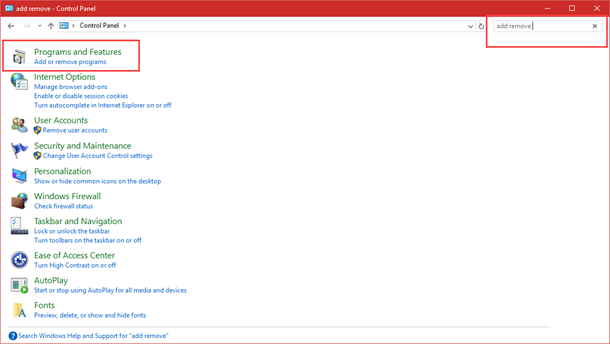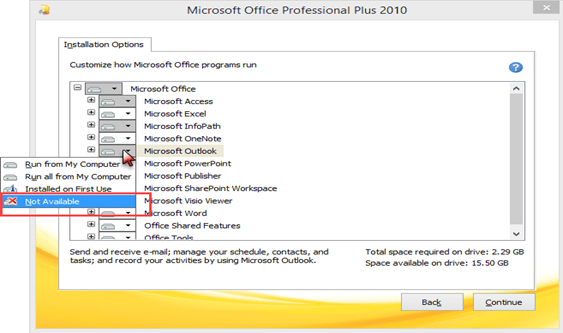Are you using Outlook on your Windows 10? If so, you may want to uninstall it. The steps to uninstall Outlook are different for each version of Windows 10. This is a tutorial about how to uninstall Outlook in Windows 10.

The first time you attempt to remove Microsoft Outlook in Windows 10, you might wonder why there is no ‘Remove Outlook’ button for easy uninstalling, and to answer this query, this is because Outlook is a part of Microsoft Office, which is a family of multi-faceted programs suitable for any type of work such as PowerPoint, Word, etc.
Microsoft Outlook is an all-around email client that assists you in organizing emails, information, schedules, and the like. It is equipped with various formatting tools and enables you to receive and send emails as well, however, its features aren’t very uncommon.
With that, you may prefer to use a different application for work organization which makes it necessary to uninstall Outlook given that Microsoft Office can be fond of updating and setting it as your default email client without your consent.
Do note that uninstalling Outlook 2013 and newer versions would differ from older versions. Since only licensed professionals can uninstall Outlook 2013 from the Control Panel’s Add and Remove feature, you may only delete the Outlook shortcuts and set a different email client for default.
Uninstalling Outlook
Proceed to the Control Panel and type in ‘Add Remove Programs’ for quicker and easier access. Select the one under Programs and Features.

Afterward, there should be a drop-down list of applications onscreen. The next thing to do is to scan and look for the Microsoft Office Application, select and click on Change at the upper part of the window.
To easily find the application, make sure to sort applications by name, then you can go ahead to the letter M, and easily locate the Microsoft Office.

Do remember that Outlook 2013 and newer versions cannot be removed from Office. So what you’ve done here is change your default email client. You may go ahead and remove Outlook shortcuts after this.
If you have the older versions installed, then proceed to follow the steps down below:
Uninstalling Outlook 2010 and Older Versions
After clicking on Change, then you should find yourself with the Office installation dialog on the screen with four features: Add or Remove Feature, Repair, Remove or Enter Product Key.
Choose the option Add or Remove Features and select Continue.

The Installations options will then display boxes of two different colors: a white box if the features are all installed, and a grey box if some of these features are unavailable or are installed on initial use.
Also, an ‘x’ on the icon would mean that it is not available, whereas a ‘1’ would mean that it is to be installed as soon as you use it the first time.
Proceed to look for Outlook in the list and click on the plus (+) sign to expand the list if it isn’t seen immediately. Select the arrow down to reveal the various installation options for every feature available.

To uninstall Outlook, you may go ahead and click on Not Available then Continue. Doing so will successfully remove all components of Outlook.
There are a lot of alternatives to Microsoft Outlook, and some of these are Yahoo and Gmail which are free services accessible through any web browser. You may also make use of Mozilla’s Thunderbird email client instead of Outlook. This also is free.
Here is a list of some email applications which you may prefer:
- Incredimail
- Zimbra Desktop Application
- Windows Live Mail
However, in case you change your mind and find yourself needing Microsoft Outlook, you may simply go back to the final step, click on the arrow down button and choose Run from My Computer instead of Not Available.